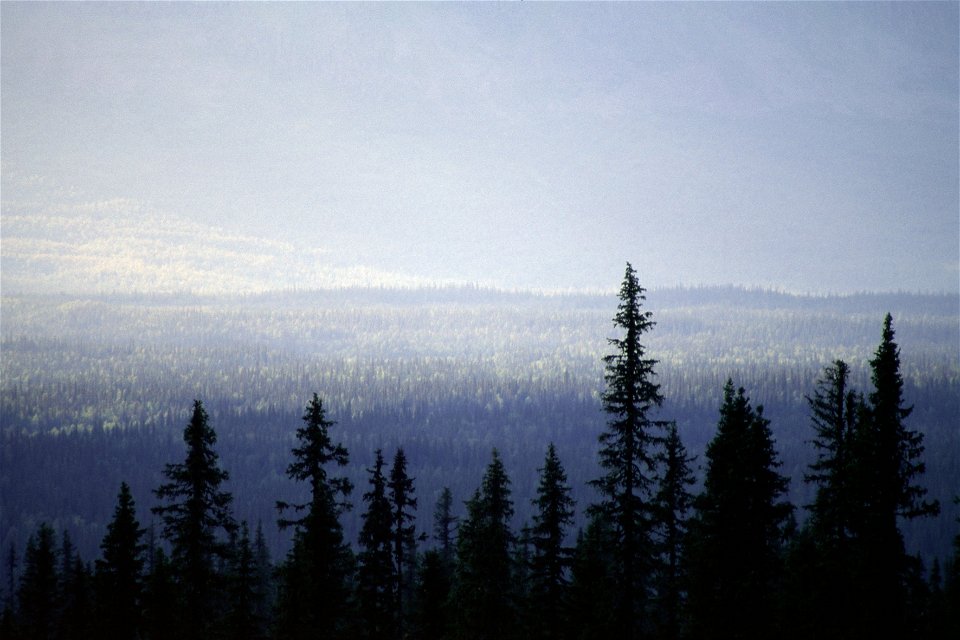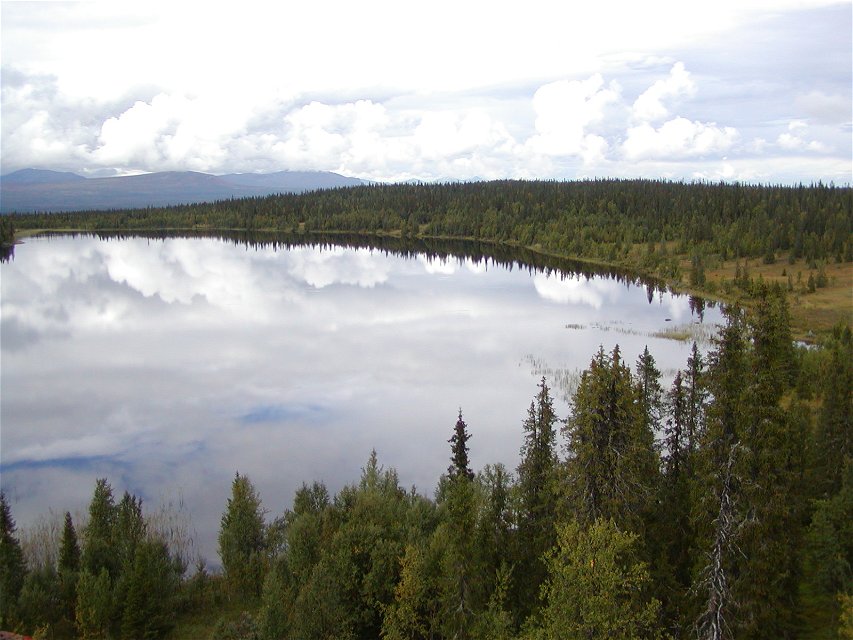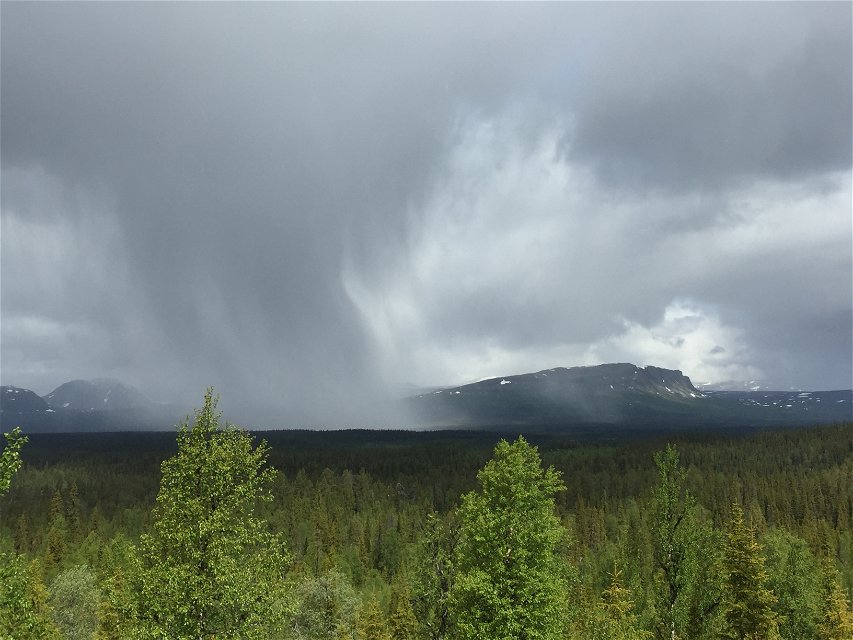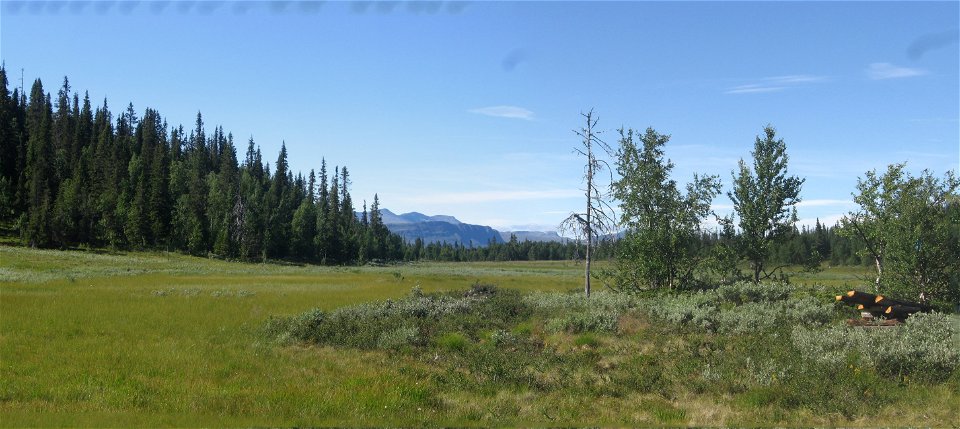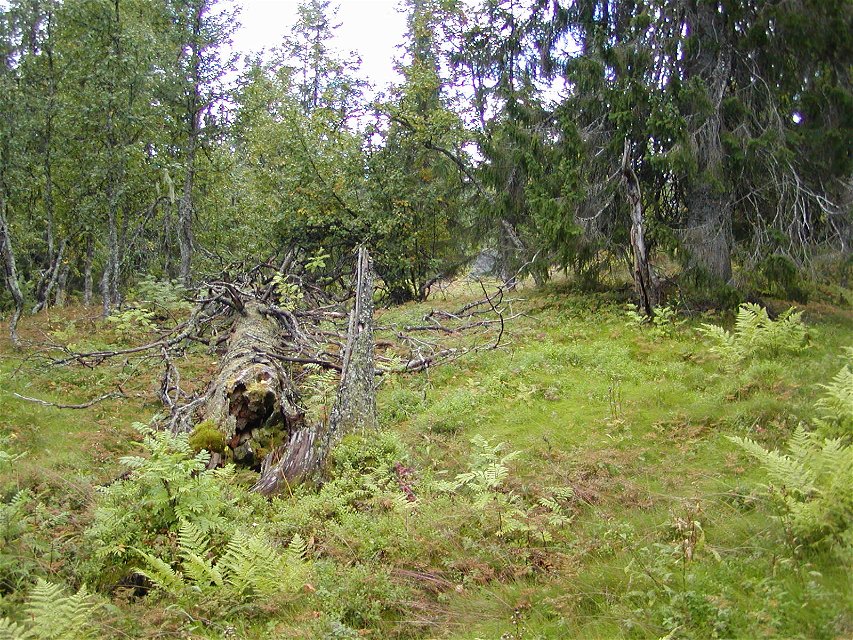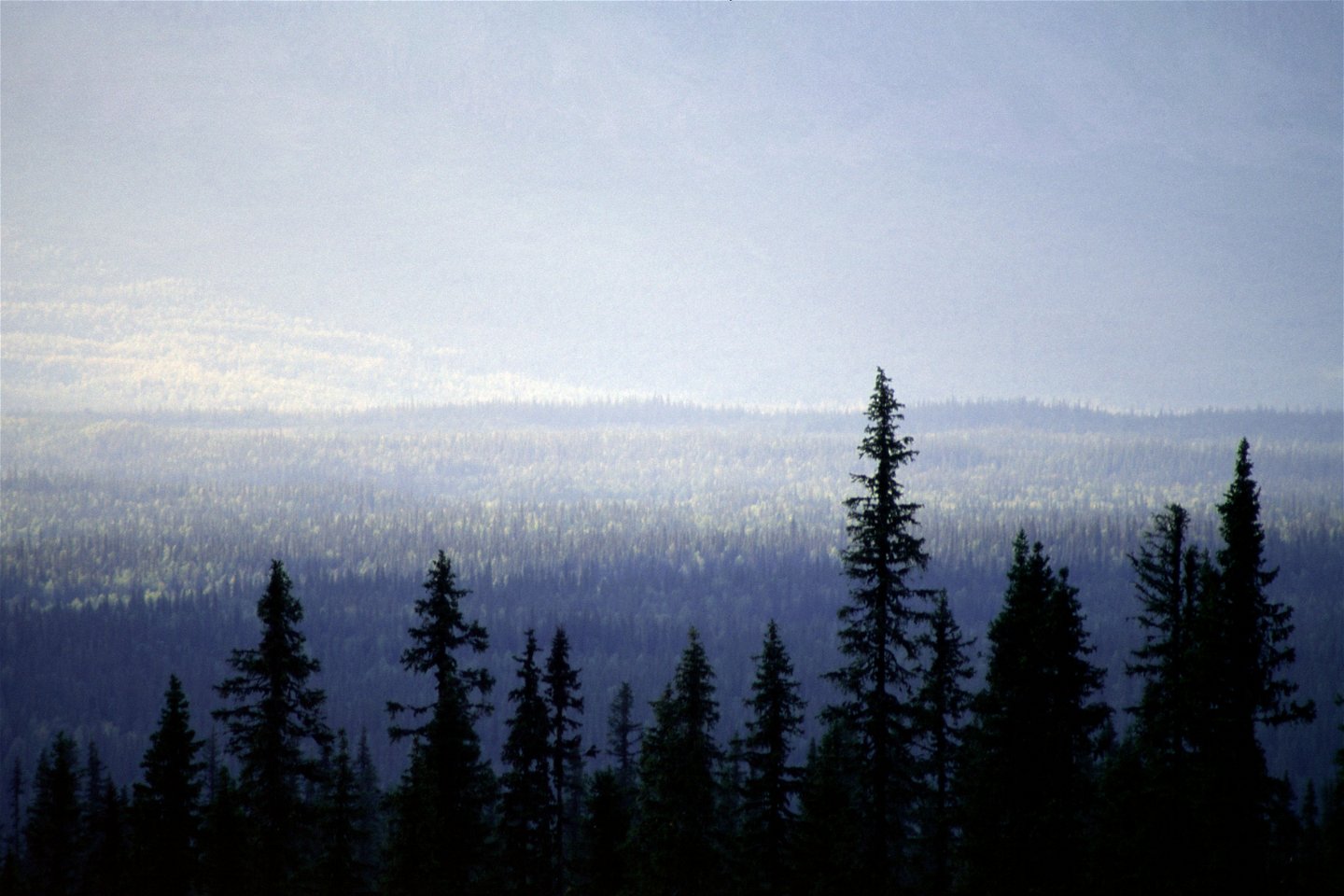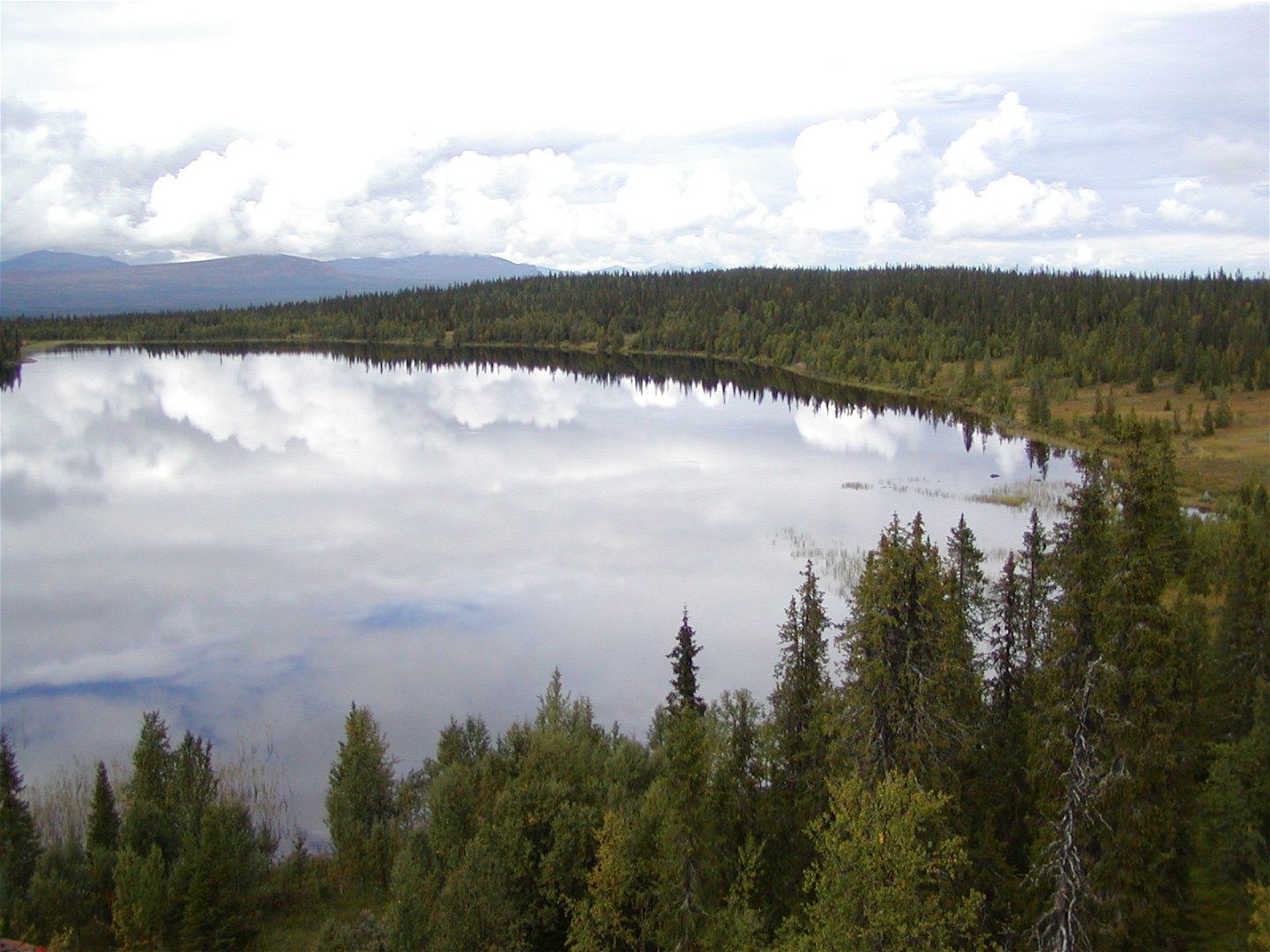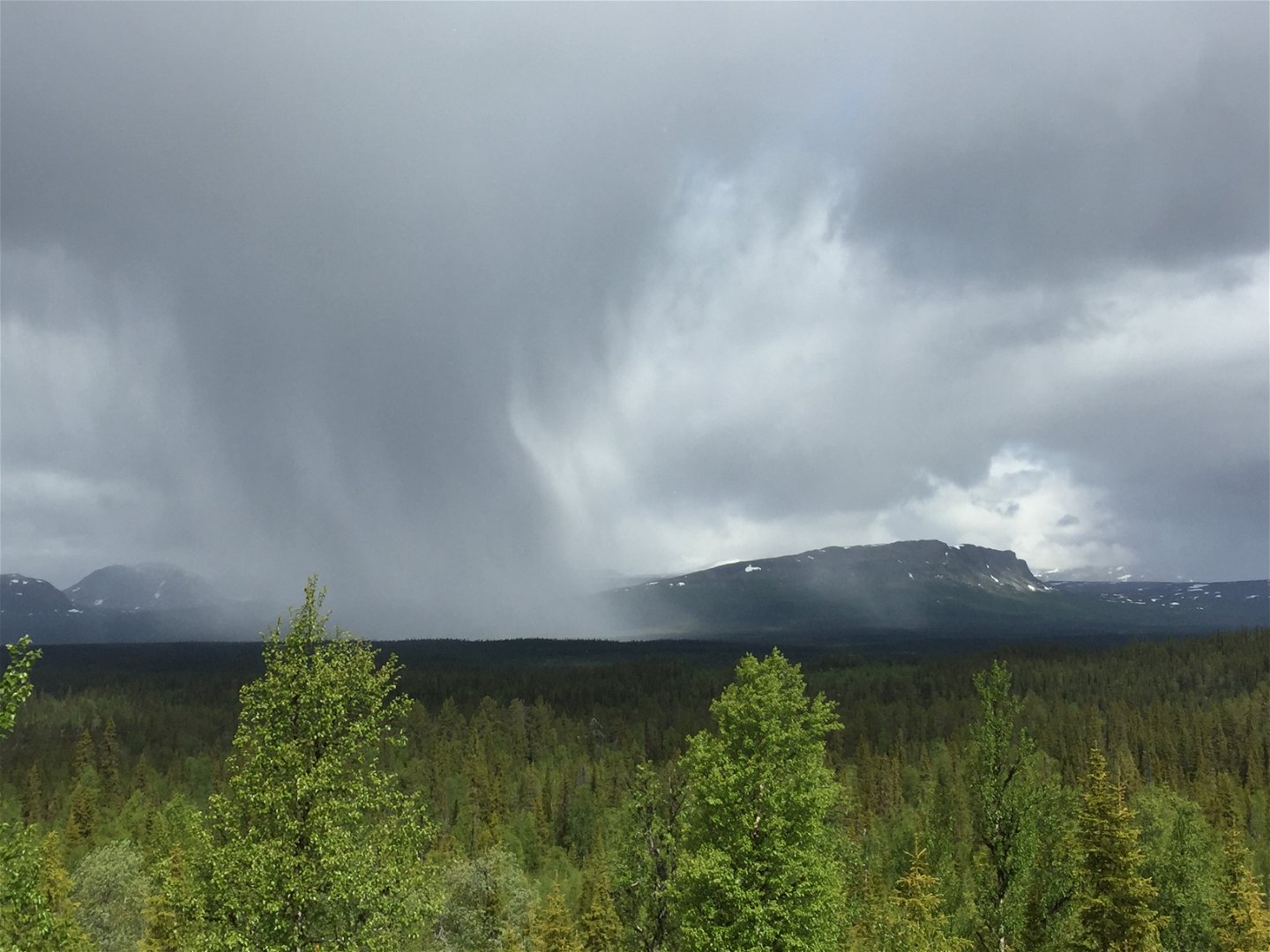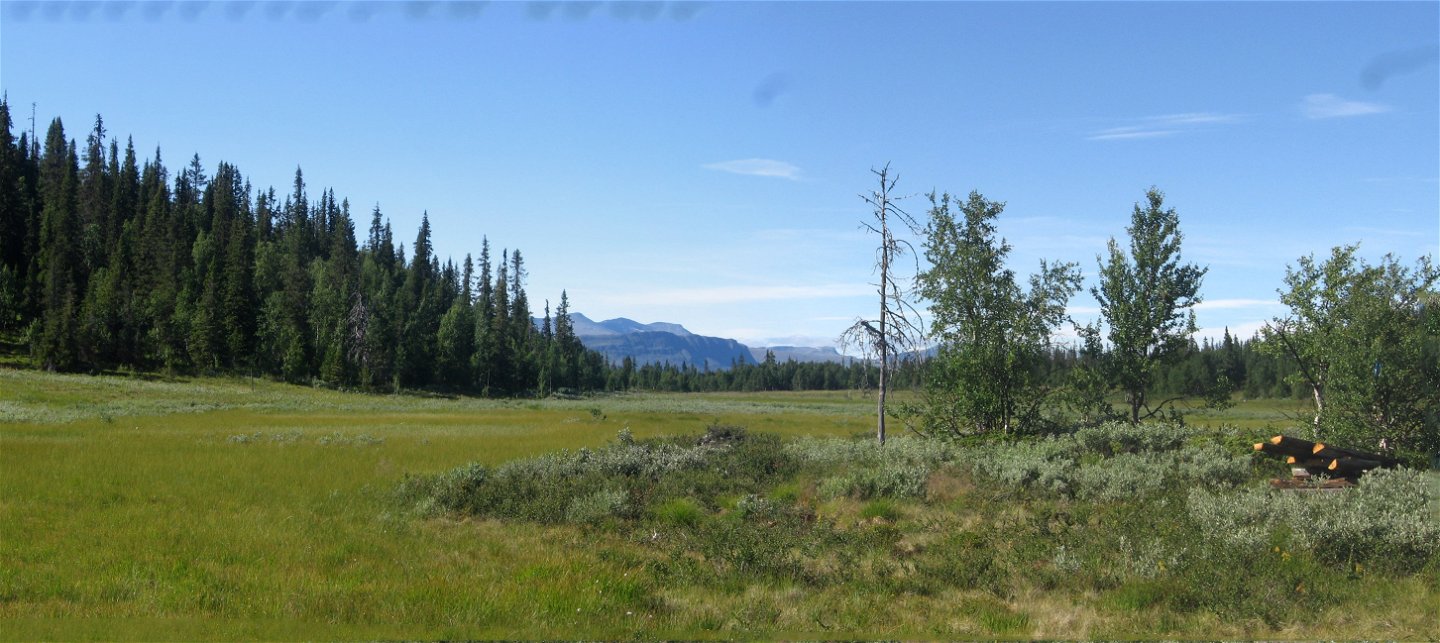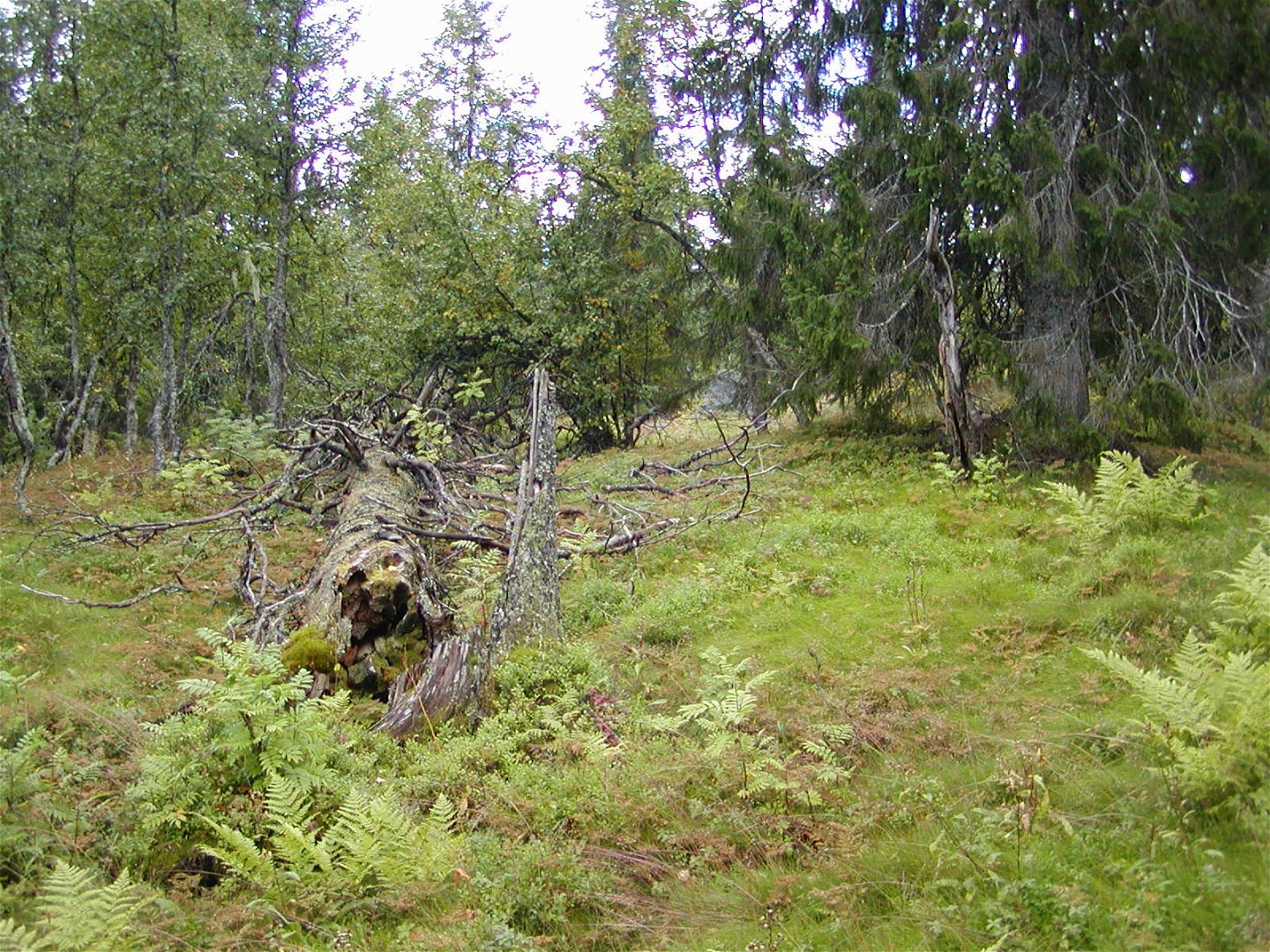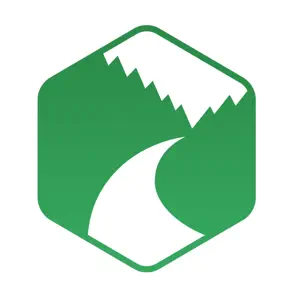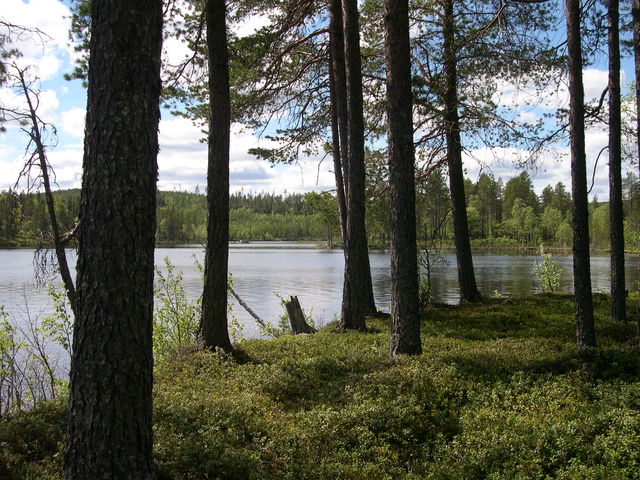
Njakafjäll
Nature reserve
- County: Västerbottens län
- 6413.17 km away from you
Actions
Description
A threatened ancient forest has been saved here for future generations. Following an intense nature conservation debate, Njakafjäll was set aside as a nature reserve in 2000.
The king among fungi
The name Njaka comes from the Sami work “njakka”, meaning inaccessible. Despite this, large parts of the forest have been affected by selective logging in times gone by. However, this does not prevent the continued presence of 600 year-old spruces and extremely thick trunks lying on the ground, home to rare fungi such as Fomitopsis rosea. Some of these remarkable organisms are dry, hard polypores, while others are tough and fleshy.
Birds and animals in Njakafjäll
Njakafjäll is situated between the Kultsjöån and Marsån valleys. At 828 metres, the highest plateau, Stora Njakafjäll, reaches above the forest limit. The high slopes to the south, Stalonskollan, form the mountains’ eastern boundary.
On Njakafjäll you can come across both reindeer and elks, and perhaps even find an old bear’s den. Every winter, wolverines and lynxes are tracked in Njakafjäll. If you are lucky, the taiga’s resident birds – the Siberian jay, the three-toed woodpecker and the Siberian tit – will show themselves during your visit.
Activities And Facilities
-
Nature reserve
Directions
Route 1067 towards Saxnäs runs along the reserve’s southern boundary. To the west of the reserve, a forest road goes in from Kultsjöluspen to Svartsjön. Forest roads also enter the reserve from the north, between Grytsjö and Blaikliden, as well as from the east via Hällmyrvägen road south of Marsån.
Contact
Email address
Länsstyrelsen Västerbotten
Organization logotype
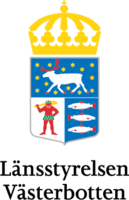
Please be aware that some of these texts have been automatically translated.
Questions & Answers
Ask a question to other Naturkartan users.

